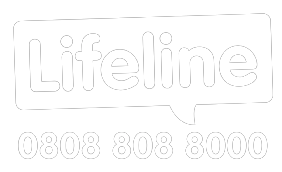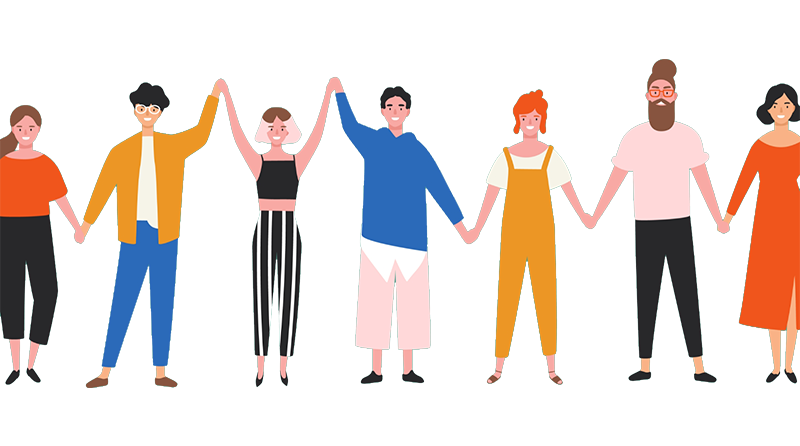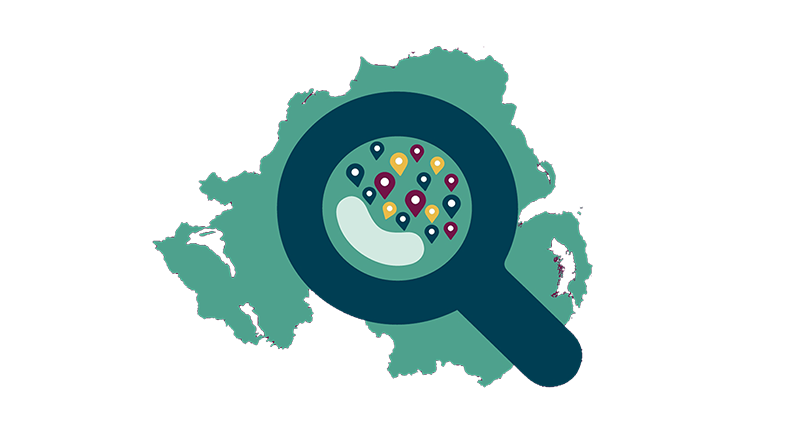Reviewed By Cara Swanston - Registered Member MBACP Adv. Dip.
Anxiety: Orient to Safety
14 February 2024
A user Joined the Conversation by asking for a practice that helps reduce anxiety. Catherine Wells, Occupational Therapist suggests giving Orienting a go.
Is there a good exercise that I can practice to help with anxiety? I've never experienced it before now. I've been feeling this way for a few weeks and I'm now considering medication because I've found that I am avoiding situations, or staying in more in a bid to protect myself. But I find I feel anxious regardless. I'd like to try to get a handle on it myself before I reach out to my GP
There’s a practice that can help, it’s called “orienting”.
Orienting is a practice that brings our awareness and focus OUTSIDE of the body, AWAY from the anxious internal sensations of anxiety.
First things first...
Most of us will have experienced some level of anxiety before, and anxiety is a totally normal part of the human experience.
Anxiety is characterised by feelings of apprehension, worry, nervousness, or fear. It often arrives upon us in response to perceived threats or stressful situations. Let's take a look at the dictionary's definition of Anxiety:
- Anxiety (about/over something) the state of feeling nervous or worried that something bad is going to happen.
- a mental illness that causes somebody to worry so much that it has a very negative effect on their daily life.
- A worry or fear about something.
- A strong feeling of wanting to do something or of wanting something to happen.
Unfortunately some people live with anxiety on a regular basis. It becomes a clinical disorder when these feelings are excessive, persistent, and interfere significantly with your daily life. There are various anxiety disorders, each with distinct features, including generalised anxiety disorder (GAD), social anxiety disorder, and panic disorder, which you can read more about in our article What is Anxiety, Really?
So... Anxiety manifests on a spectrum, from mild unease to severe distress, and may involve physical symptoms which might include:
- Increased Heart Rate: A feeling of a racing or pounding heart.
- Muscle Tension: Tightness or tension in muscles, often in the neck, shoulders, or jaw.
- Shallow Breathing: Rapid, shallow breathing or hyperventilation.
- Sweating: Profuse sweating, especially in the palms or forehead.
- Trembling or Shaking: Involuntary trembling or shaking, particularly in the hands.
- Dizziness or Lightheadedness: Feeling dizzy or lightheaded, sometimes accompanied by a sensation of "floating."
- Upset Stomach: Nausea, butterflies in the stomach, or other gastrointestinal discomfort.
- Restlessness: A constant need to move or feeling agitated.
- Fatigue: Feeling tired or drained, even if there has been no physical exertion.
- Trouble Sleeping: Insomnia or disrupted sleep patterns.
- Changes in Appetite: Loss of appetite or, conversely, an increased desire to eat.
- Headaches: Tension headaches or migraines can be triggered or exacerbated by anxiety.
- Frequent Urination: An increased need to urinate due to the body's stress response.
- Chest Pain or Discomfort: Chest tightness or pain, often due to muscle tension.
NOTE! It's essential to recognize that these physical symptoms can also result from other medical conditions, so be sure to consult with your GP for a thorough evaluation, so that you can rule that out.
How can Orienting Help?
Even when we know that these symptoms are due to anxiety, they can be unsettling, frightening or overwhelming, whether experienced singularly or combined.
The worry and fear about the sensations themselves can further increase these feelings and sensations. You can see how this can begin a negative spiral of thought and sensations, or at worst lead to a panic attack.
At the first signs of anxious sensations, it can be helpful to bring your awareness and focus OUTSIDE of the body, AWAY from the internal physical sensations or spiralling thoughts.
Give Orienting a Try
-
Scan your environment for at least a minute. Move your head, take in the room, move the eyes as you scan.
-
Ensure you take in any entrances/exits to the room you are in.
-
Pick an object in the middle distance. The more mundane the object the better sometimes, so we are not adding any fuel to the emotions already present. Rest your gaze on this object, and allow all your attention to focus on it.
-
Rest your gaze on this object, and allow all your attention to focus on it.
-
Take in its colour, shape, size, texture and any little details.
-
Relax the muscles around the eyes but keep them open.
-
Then, without changing the gaze, begin to bring the attention to your peripheral visual field. Stay here as long as you would like. (This uses hard wired mechanisms in the body to signal to the brain that there is no danger- if there were danger, our eyes would be very focused on the source of it)
-
Added Bonus Step: slow and lengthen your exhales
This simple practice can give us the space to regulate and draw our nervous systems into moments of safety, despite and overriding the physical sensations.
Practice when you aren't feeling anxious
Orienting practiced consistently can improve your nervous system's capacity to move into a more relaxed state.
It is a good idea to engage in orienting practices when you don’t feel anxious too, allowing you to get the reps in more comfortably and often, building that muscle memory and feeling confident in it's use.
Be sure to check out and browse our Anxiety Resource Page for more self-help strategies and inspiration.
Get Inspired Further
Anxiety 5 Simple Practices
Simple practices integrated into your daily routine can make a significant impact on your overall mood and anxiety levels in just a week!
Meditation 6 Barriers for Newbies
Knowing the hurdles you might face as a beginner can really help. Plus we've a bonus, easy-peasy meditation for you to try that won't take up any of your time.
Happiness The Pursuit
Happiness is more than just a fleeting emotion; it's a state of being. At its core, this Happiness Jar activity is a practice of gratitude—a daily ritual that invites us to shift our focus from scarcity to abundance.



